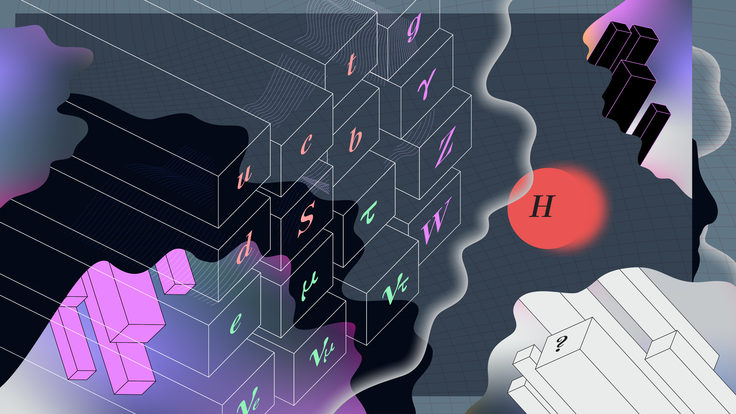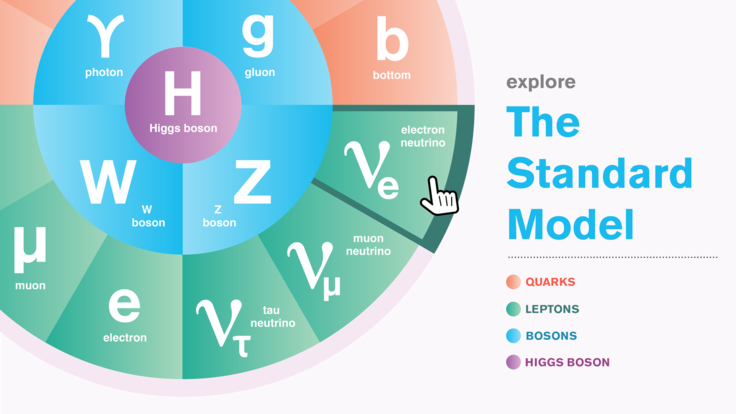The delicate process of lens crafting takes time and care. For your typical prescription eyeglasses, expect two weeks for proper sizing and glare-resistant coating. For a four-meter telescope with meter-wide lenses, a similar procedure takes well over a year.
The Dark Energy Spectroscopic Instrument project is the latest in a line of sky surveys to obtain custom lenses for an existing telescope. DESI arranged for refurbishments to the Mayall Telescope at the Kitt Peak National Observatory in Arizona, where it will create a three-dimensional map of a third of the sky in a quest to measure dark energy.
“DESI’s ultimate goal is to precisely measure and map the expansion rate of the universe and when it started to accelerate in its expansion,” says Michael Levi, the DESI project director and a physicist at the Department of Energy’s Lawrence Berkeley National Laboratory. “We’re looking back in time about 11 billion years, and we can do this with the help of a new corrector and high-precision lenses.”
The upgrade includes six new lenses, the two heaviest of which are ready for a final coating before integration into the brand new corrector barrel. Those nearly complete lenses, Corrector Lens 1 and Corrector Lens 4 (C1 and C4), have been in production since early 2015. Their journey began as a raw chunk of glass.

(From left to right) Gary Poczulp, Ron Probst, Dick Joyce and Ming Liang of the National Optical Astronomy Observatory and the DESI collaboration are reflected in the giant C4 lens. At NOAO, the four opened and inspect the C1 (not pictured) and C4 lenses after their cross-country road trip.
Adventures of the looking glass
Early last year, a private electro-optical lens company in Pittsburgh began fabricating the two lenses. Machines spun the noncrystalline glass around a central axis while removing material, shaping it into its final form. Each lens is over 1 meter in diameter.
“The lenses must be carefully polished to achieve a surface that’s accurate to tens of nanometers, with errors a fraction of a human hair,” says Tim Miller, an optical engineer for DESI and Berkeley Lab.
C1 and C4 began production earlier than the other four lenses because they have the tightest specification requirements. This is a consequence of their large size: C1 and C4 weigh in at 444 pounds and 522 pounds, respectively. They’ll eventually work in concert with the two aspherical lenses that correct for defects and a pair of lenses with wedges, which hook to motors and rotate to correct for disturbances on Earth.
Once the lenses were precisely shaped, they were ready for the cross-country move to the National Optical Astronomy Observatory in Arizona in January.
C1 and C4 shipped in skid-proof crates with burly security straps for the two-day road trip. The padded crates traveled with monitors called “shock loggers,” which measured bumps and vibrations in the road that could damage the lenses. The loggers previously monitored components for the Dark Energy Camera as they were transported for the Dark Energy Survey.
The lenses arrived safely at NOAO, but their journey is far from over. The next big operation is applying antireflective coating, a process scheduled for April. Then they’ll head to University College London, where a team will install them in a new steel corrector barrel being fabricated by Fermilab.
“The new corrector and lenses won’t help take pictures like the old corrector on Mayall,” says Gaston Gutierrez, the DESI manager of the corrector barrel and cage and a scientist at DOE’s Fermilab. “The lenses will focus on distant galaxies, and the corrector will collect the light in 5000 tiny fibers, which will disperse the light on the spectrograph.”
By early 2018, the entire package will be ready to ship and install into Mayall.

This 2-meter tall corrector barrel was used for imaging in previous surveys at the Mayall Telescope in Arizona. The new corrector barrel for the DESI project will replace this one and perform spectroscopic surveys.
Cosmic cartography
DESI will 3D-map most of the northern sky by collecting redshift data from over 35 million distant galaxies and quasars. A spectrograph shows scientists emission lines, or lines on the color spectrum, with colors linked to wavelengths. Depending on how much the lines have shifted toward the red, scientists can determine how far away a celestial body is from us.
However, redshifts alone cannot make a perfect three-dimensional map, says Daniel Eisenstein, co-spokesperson for DESI and professor of astronomy at Harvard University. “When we collect the spectra of galaxies in DESI, we are making a 3D map, but it only shows relative distances. It's as if we have a detailed map of the United States with no scale,” he says.
DESI scientists use baryon acoustic oscillations, subtle correlations in the way galaxies are spread throughout the cosmos, to infer the scale of the map and our distance from those galaxies. DESI’s precise measurement of that changing distance may reveal how dark energy acts on the universe.
This spectroscopic survey is the next innovation of telescopic observation. Because of the difficulty of 3D mapping large parts of the sky, high-performance optics with a wide field of view are essential.
“The DESI field of view will be 8 square degrees, about 40 times the disk of the full moon and nearly 3,000 times larger than the field of view of the Hubble Space Telescope,” Eisenstein says. “Even with this large field of view, it will take DESI about a year of observing time to cover one-third of the sky.”







